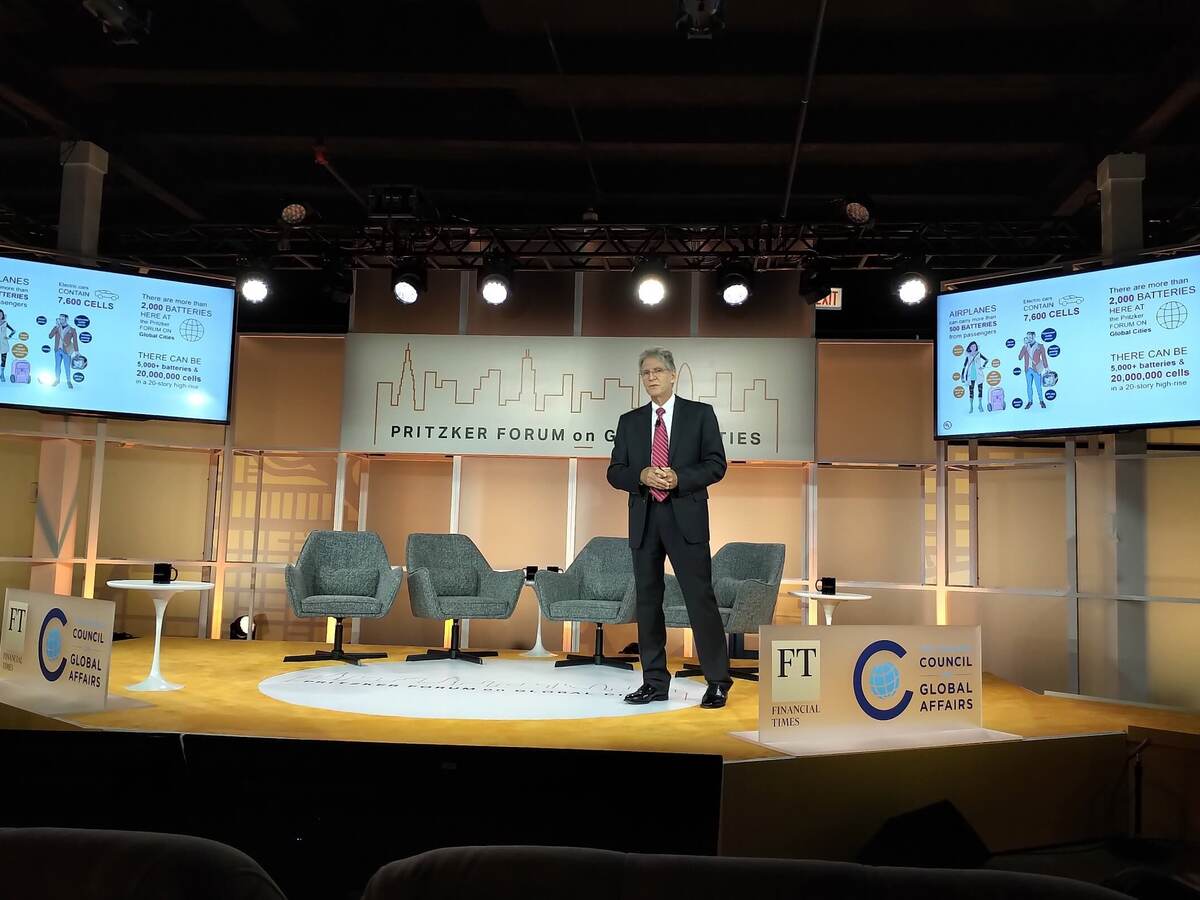May 29, 2019
Lithium-ion batteries are everywhere. They are in your mobile devices, your home, office and even your kid’s toys. And, that’s only the tip of the iceberg when you add electric vehicles, battery storage systems and portable power packs into the mix.
Multiply the estimated number of batteries used by one person with the number of people living on your street or working in your office, and you can understand why the worldwide production of lithium-ion cells is heading into multi terawatt territory.
But why, lithium-ion?
Lithium-ion technology offers several advantages over other high-quality, rechargeable batteries. Greater energy density is one of the biggest advantages of a lithium-ion battery or cell. With the desire for mobile phones and other gadgets to operate longer between charges, there is always a demand for higher energy density.
Lithium-ion cells can also deliver large amounts of current for use in applications such as electric vehicles and energy storage systems. Other advantages include less maintenance, a longer life span and no memory effect, a process where repeated partial discharge/charge cycles lead to reduced capacity.
Finally, they offer substantial environmental benefits compared to their alternative — fossil fuels. Lithium-ion cells do not contain toxic cadmium, which makes it easier to dispose of than nickel-cadmium batteries.
Cleaner, longer and more complex
While lithium-ion batteries can help provide cleaner energy or longer battery life, its unique chemistry also adds complexity to their use. One of the challenges is thermal runaway, a chain reaction started by excessive heat and/or shorts from inside or outside the cell. The temperature rises rapidly, and the energy stored in the battery is suddenly released as a gas and/or fire.
Thermal runaway can occur in any product, device or system — big or small. The technology’s potentially faulty nature has victimized smartphones, e-cigarettes, power banks, electric vehicles, battery storage systems and even an airplane or two.
Although thermal runaway events are rare, when they do happen, the incidents are highly reported and, in some cases, highly destructive. Key industries such as aviation, energy, insurance, transportation, warehousing and waste management, among others, have launched initiatives to make lithium-ion battery safety a priority.
Standards and controls for safety
Global air carriers regularly meet to discuss how to better address airline safety with the increased shipping of lithium-ion battery and battery-operated products, while the Energy Storage Association introduced an energy storage corporate responsibility pledge.
Cities such as San Francisco, New York City and Phoenix have drafted clear guidelines for the installation of indoor battery systems in buildings. Much of their work is based on research and recommendations developed by the National Fire Protection Association, the U.S. Department of Energy and my employer, UL, which published UL 9540, the world’s first safety standard for stationary energy storage in 2018.
Ultimately, the continued use of lithium-ion batteries will come with more sophisticated standards and controls, regardless of their use, size or placement. As standards continue to evolve and people start to really understand the technology's complexities, lithium-ion battery use will become safer for us all.
About the author:
J. Thomas Chapin is vice president of research at UL. He is a UL William Henry Merrill Society Corporate Fellow and past chairman of the UL Fire Council. He currently focuses on emerging technologies, safety trends, forensic analysis, and fire dynamics. Previously, he managed UL corporate research activities related to UL standards, testing and certification, and surveillance services.

